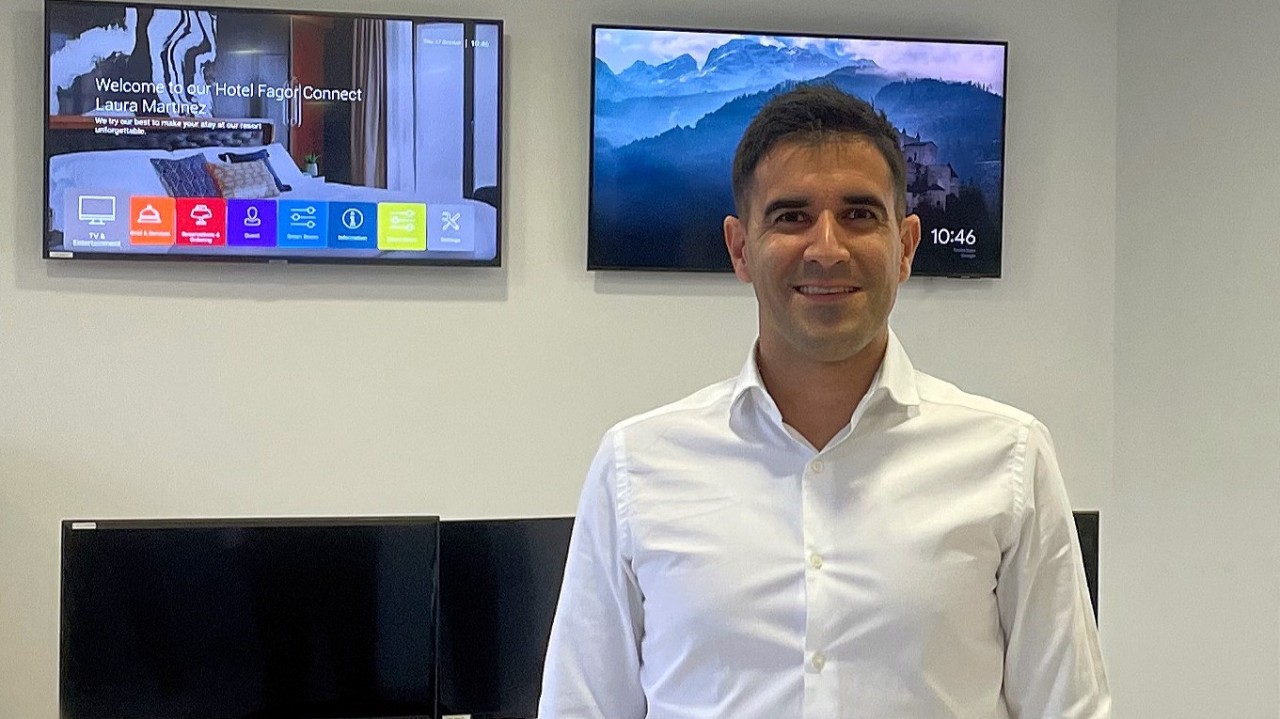News
03.07.25From Signal Processing to Full Digital Transformation: How the Sector is Evolving

For decades, signal processing has been the backbone of telecommunications and audiovisual solutions. Coaxial networks, headends, amplifiers and related technologies have ensured stable TV distribution across residential buildings, hotels, hospitals, university campuses and similar environments. However, the sector’s digital transformation has been underway for several years and it extends far beyond the delivery of signal. Television is no longer an end in itself, but rather one element within a fully connected digital experience.
The rise of OTT platforms, IPTV and on-demand services has completely reshaped user expectations. Passive reception has given way to intelligent content management: it is no longer enough to provide linear channels—users now demand personalisation, mobility and interactivity. Meeting these demands requires more flexible infrastructures based on IP networks, cloud-based management and platforms capable of orchestrating, monitoring and analysing the entire system end-to-end.
It is often said that we are transitioning from coaxial to IP, but this shift is more than just technological: it is strategic. It affects the entire value chain and is redefining business models. Whether in residential environments, hospitality, healthcare, education or telecommunication operators, the trend is clear: we are moving from closed systems to hybrid, connected ecosystems that can be managed remotely. Interoperability, scalability and user experience have become top priorities, driving a cross-cutting evolution throughout the sector.
Comprehensive digital transformation means moving from installations to integrated solutions, and from products to services. Integrators are no longer just deploying hardware—they are designing complete digital environments. Manufacturers support their clients throughout the full lifecycle, from design to post-sales service. Meanwhile, operators are seeking agile, sustainable models that can adapt to an ever-changing market.
Key trends shaping the pace of innovation
The evolution of the audiovisual and telecommunications industries is not simply a matter of adopting new technologies, it is part of a broader, systemic transformation. These are the main forces redefining the sector’s future:
- Hybrid networks: The shift to digital does not always require discarding existing infrastructure. Combining legacy coaxial systems with IP networks allows for a gradual, cost-effective evolution with minimal disruption. The key lies in a sustainable approach focused on long-term business transformation and continuous improvement.
- Remote management platforms: Operational control is no longer bound to a physical location. Monitoring, configuration and issue resolution can now be handled from any device, improving responsiveness and operational efficiency.
- Data and AI: Data has become a critical strategic asset. Digital platforms now enable real-time monitoring of usage patterns and system performance. With the support of artificial intelligence, it is possible to automate processes, anticipate needs and deliver highly personalised, efficient user experiences.
- Cybersecurity and compliance: In an increasingly digital and connected world, protecting infrastructure from threats and ensuring regulatory compliance is essential, particularly in sensitive environments such as healthcare, education and content distribution. This must also include robust digital rights management (DRM) and content protection, ensuring the integrity, legality and traceability of both closed and open-platform broadcasts.
- Integration with other building systems: The value of today’s solutions lies in their ability to connect with other digital systems—building automation, Wi-Fi networks, IoT sensors, booking platforms, access control systems and more. This technological convergence significantly increases overall value and functionality.
- New business models: The “as a Service” approach enables the deployment of modular, scalable solutions with predictable costs. Beyond content, it’s about delivering integrated, flexible and continuously evolving services aligned with the dynamic needs of the market.
- Energy efficiency: Innovation must be sustainable. Smart digital systems are increasingly designed with energy efficiency in mind, reducing environmental impact while optimising resource management.
Ultimately, digital transformation is not just about going digital, it is about integrating technology, operations and user experience into a single, intelligent and future-proof solution.
What lies ahead?
Full-scale digital transformation is opening the door to new ways of conceiving and managing audiovisual and telecommunications ecosystems. In this new paradigm, television is no longer an isolated feature; it becomes part of a smart building’s digital infrastructure. Its interoperability with management systems, communications platforms, cloud services and other technologies transforms audiovisual infrastructure into a true platform for integrated services.
This new model presents a strategic opportunity for manufacturers, integrators and operators alike. But leading this transformation requires more than technology: it demands vision, a data-driven culture, a focus on user experience, and a strong commitment to continuous improvement.
At Multimedia Perspectives, we are ready
At Multimedia Perspectives, we see digital transformation as a process that combines technological innovation, operational agility and strategic foresight. We support our clients with modular, scalable and connected solutions designed to adapt to an audiovisual landscape in constant evolution.
We are no longer just processing signals, we are leading the shift towards a smarter, more sustainable and value-driven model.
